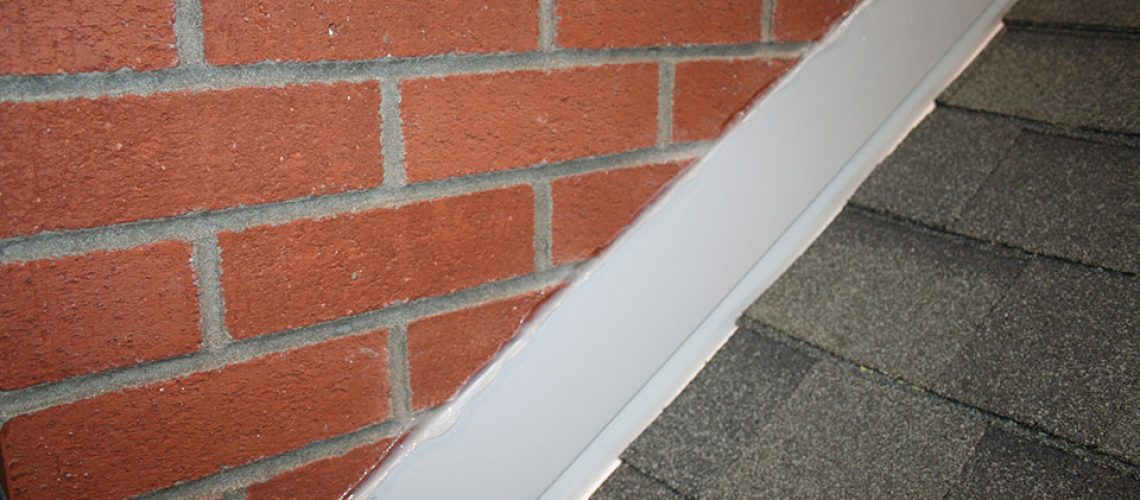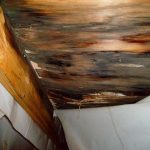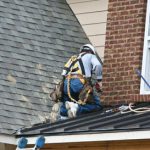Whenever you get your roof fixed or have a new one installed you need to make sure that not only are the shingles installed properly, but also the flashing. Shingles are the first line of defense against harsh UV rays. In the same way, your flashing is the first line of defense against moisture and water damage. In this article we will talk about what roof flashing is, why it’s important, and what damages can occur if your flashing is neglected or not properly installed.
What is Roof Flashing?

What Does it Do?
Roof flashing is very important because it helps to close joints in walls or roofing applications. This makes sure no water is able to seep into materials used in the construction of your roof. The most typical places you’ll find flashing are around valleys, vents, and skylights. Installing flashing is a key process in roofing. If done correctly, it can help lengthen the lifespan of your roof and the lumber supporting your roof. Once installed, quality flashing will continue to protect your roof for a long time.
How Proper Valley and Chimney Flashing Protect Your Roof From Water Damage
Valleys
A valley in your roof is the area where one slope of the roof joins another. This creates a low area on the surface of the roof–a valley. Valley flashing is installed under the shingles of the roof at the edges. The flashing leads down to a gutter close by. Water will drain from the shingles into the valley. From here, it flows down the flashing metal, to the gutter, and out the spout. Valley flashing streamlines the way your roof protects against water.
Chimneys

What Happens When Flashing Doesn’t Work?
Since flashing is what keeps your roof safe from water damage, it’s safe to say that without it your roof would suffer from water damage. Roof rot, mold, mildew, and even broken beams can be a result of poor flashing. Also, damaged or improperly installed flashing on the eaves of your roof will cause water damage on your exterior walls as water seeps into the inner workings of your wall. Without properly installed flashing, you as a homeowner could be looking at getting a whole new roof, and having to re-plaster and paint your inside walls and ceiling due to water damage.
Don’t let water damage from poor flashing ruin your new year! Contact us today so we can help you make sure your roof flashing is watertight and ready!







